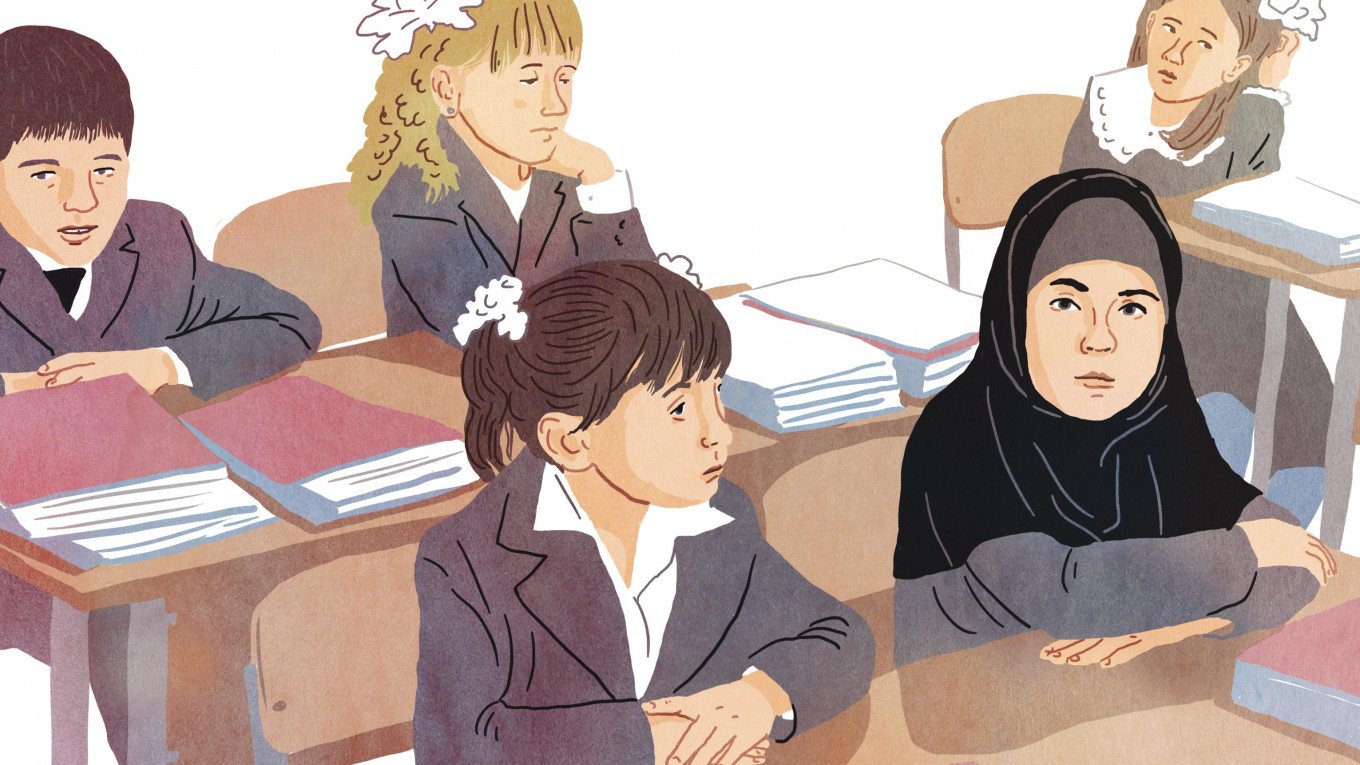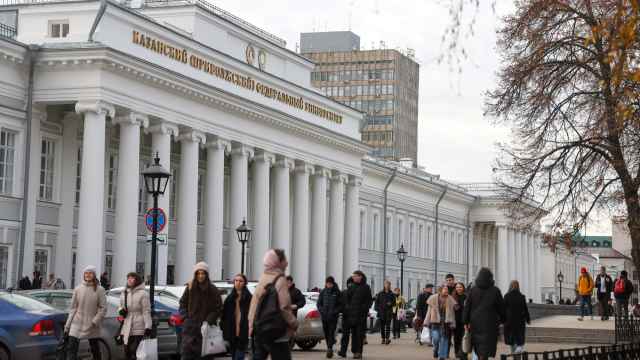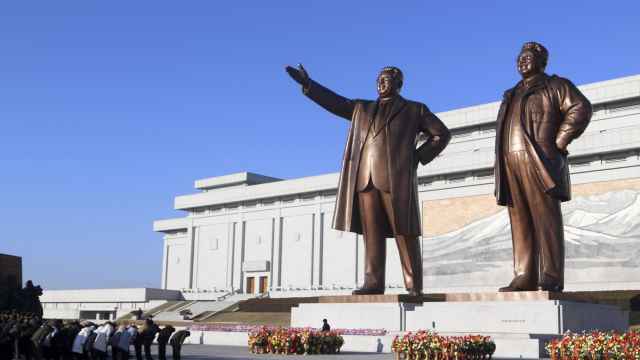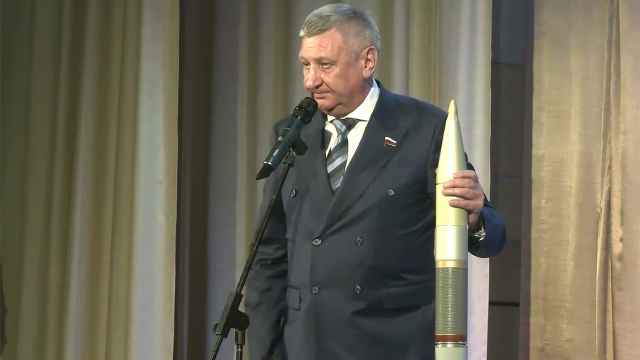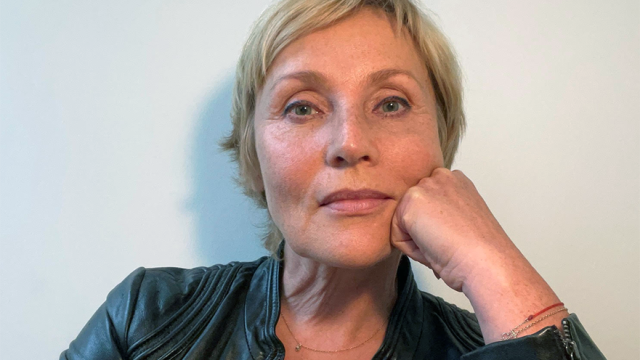Yelena Galyuk’s daughter was 14 years old when, one day, she started covering her hair with a hijab at school.
Two days later, her parents were called into the principal’s office. “We were told she had two options: either take off the headscarf or leave school,” says Galyuk.
Already in her teens — and having spent much of her childhood at the St. Petersburg school — her daughter did not want to leave. So every day for her remaining years there, she took off her hijab at the school gates.
“For Muslims, it’s the equivalent of walking in your underwear,” her mother told The Moscow Times.
The family learned their lesson. They moved their other daughter to a private school when she reached the age of ten. Another Muslim mother who faced similar problems, took her children out of the state education system altogether and homeschooled them herself.
Presumably, across Russia, some of the country's roughly 20 million Muslims have been confronted with a similar choice at some point in their lives. Most of the time, however, it goes unnoticed. But every so often a scandal thrusts Russia’s troubled relationship with hijabs back into the national spotlight.
Most recently, that spotlight moved to Belozerye, a village deep in the Mordovian republic with a predominantly Muslim Tatar population. Late last year, a local principal there introduced a ban on headwear for teachers, most of whom wore plain white headscarves. Those who refused to comply were threatened with dismissal.
Leaked audio recordings suggested the order had come from the regional branch of the education ministry as a security measure ahead of the 2018 World Cup. Later, media reports claimed officials had taken their cue from the FSB after several Belozerye residents joined militant fighters in Iraq and Syria.
“The authorities were concerned,” says Alexander Verkhovsky, head of the SOVA think-tank, which monitors extremism. “Law enforcement sees headscarves as a sign of Salafism,” he said, referring to an ultra-conservative branch of Islam.
State television zoomed in on the incriminating evidence: eight mosques for only 3,500 villagers, residents linked to extremist activity, and photos — allegedly found online — of girls in full hijabs posing with Kalashnikovs. It all suggested Belozerye's headscarves were less an innocent attribute than the manifestation of the “Mordovian Caliphate,” as the village was dubbed by some media.
Residents of the village have angrily dismissed that depiction, saying the ban is an attack on their traditional, conservative lifestyle.
“Just because we don’t sell vodka here and our children go to school with their heads covered, we’re being called extremists!” an angry father told cameras outside the Belozerye school.
The debate over headscarves is familiar territory for lawyer Marat Ashimov. Several years ago, he was among those who appealed a regional hijab ban for Mordovian schoolgirls at the Supreme Court, arguing it encroached upon Muslims’ religious rights under the Russian Constitution. The appeal was dismissed.
Since then, politicians have deferred to the ruling when asked whether hijabs should be allowed. “We don’t want to take sides in the discussion at this moment,” Putin’s spokesman Dmitry Peskov said when asked for his view on the Belozerye scandal.
That, combined with a law dictating that state schools must be secular, seem to suggest hijabs are forbidden in Russian classrooms.
But outside the courtroom, things are less black and white. In a significant portion of the country, schools turn a blind eye to the handful of students who wear the hijab. In others, like in Belozerye before the latest uproar, a compromise has been reached on the type and color of hijabs allowed. And yet, in other Muslim regions, like the republics of Chechnya or Dagestan, the wearing of a hijab in public is little short of a requirement.
In fact, in 2010, Chechen leader Ramzan Kadyrov came out in defense of men who had attacked women in Chechnya with paintball pellets for not covering their heads.
Such differences in views risk stirring up the kind of ethnic discord the Kremlin has tried hard to keep under control.
Following the Belozerye scandal, Education Minister Olga Vasilyeva stated that true believers did not need “religious attributes.” That comment sparked an aggressive backlash from Grozny.
“It’s astonishing that the minister is imposing her personal view on millions of citizens,” Kadyrov wrote on his Instagram. His own daughters would never take off their hijabs, he added. A Chechen parliamentarian took the conflict even further, accusing Vasilyeva of “fascism.”
While the Kremlin promotes official secularism, incidents like this only fuel the perception among Russian Muslims that they are being singled out. Мuslim leaders argue that the Jewish community has not faced problems regarding kippahs, or that many students wear Orthodox crosses.
“People have been wearing headscarves in Belozerye for generations,” lawyer Ashimov said. “It was even accepted in Soviet times.”
Disgruntled Muslim parents also point to the piercings, short skirts and low cut shirts and blouses seen on other students. “And then they say it is my daughter who is inadequately dressed!” says mother Galyuk, an ethnic Russian who converted to Islam as an adult.
According to Alexei Malashenko, a scholar in residence at the Dialogue of Civilizations think-tank, the involvement of Russian officials in places like Belozerye creates “artificial and unnecessary conflict.”
“Headscarves are being politicized in a way that pits identity against supposed attacks on that identity,” he says. “The state is interfering with religion, and it shouldn’t.”
Malashenko cites a situation in the early 2000s when a number of Russian Muslims refused to be photographed for their IDs without their veils. “The Interior Ministry said: take the picture in whatever way you want. And the problem disappeared,” he says.
In Belozerye, as in much of Russia, there is as much confusion as ever. Video footage from the village shows students and teachers continuing to wear their headscarves, in defiance of the rules.
For now, the only tangible result of the ban is that some families have taken their children out of the educational system, says Malashenko, who recently visited the village. Because, faced with the choice of school or the hijab, the answer for many Russian Muslims is all too obvious.
A Message from The Moscow Times:
Dear readers,
We are facing unprecedented challenges. Russia's Prosecutor General's Office has designated The Moscow Times as an "undesirable" organization, criminalizing our work and putting our staff at risk of prosecution. This follows our earlier unjust labeling as a "foreign agent."
These actions are direct attempts to silence independent journalism in Russia. The authorities claim our work "discredits the decisions of the Russian leadership." We see things differently: we strive to provide accurate, unbiased reporting on Russia.
We, the journalists of The Moscow Times, refuse to be silenced. But to continue our work, we need your help.
Your support, no matter how small, makes a world of difference. If you can, please support us monthly starting from just $2. It's quick to set up, and every contribution makes a significant impact.
By supporting The Moscow Times, you're defending open, independent journalism in the face of repression. Thank you for standing with us.
Remind me later.


